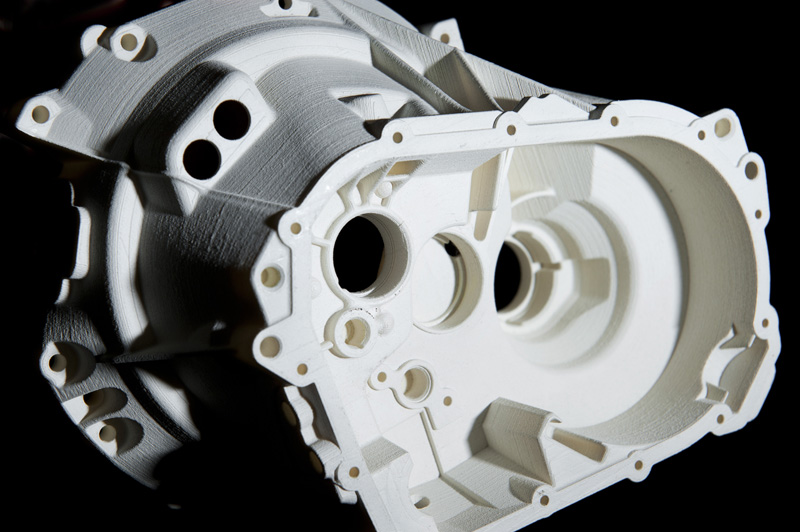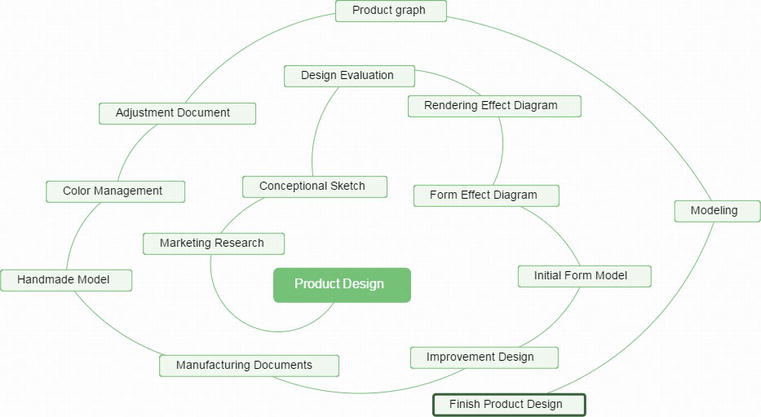

And lastly, visual interaction is critical. Being able to utilize images to illustrate a concept or idea is at the core of what a product visualizer does. 3D Making, Render artists use 3D rendering software to produce photo-realistic images and animations. To concentrate on making stunning images, a render artist must be extremely familiar with the software application.

Thus, a product visualizer should be a professional with several rendering programs. A product visualizer requires to understand fundamental style principals. Contrast, value, composition, color, texture and looks should be force of habit. This is akin to a poet's vocabulary. The more one understands these, the simpler it is to produce a larger variety of exceptional images.
Understanding how light acts when it communicates with various materials is key. Diffuse, specular, transmission and emission residential or commercial properties help to specify material look. By comprehending these ideas, one can take direction and develop outcomes that meet the clients' needs. Throughout the procedure of developing renderings or animations, obstructions will emerge.

You may come across hardware malfunctions, software application bugs or the requirement for non-existent software. Sometimes plugins or best 3d printing service cause issues. Missing codecs are typical. Scene size optimization and management of heavy information sets or file format conversions are all foregone conclusion. Basically, when you're not rendering, you're troubleshooting or playing tech assistance.

Taste, On the other end of the spectrum of the previously mentioned technical abilities is taste. Taste refers to one's ability to understand what looks great. This can be from option of color palette to lighting, to visual composition and more. Many individuals can end up being excellent specialists and find out how to utilize a software, but the ones who stand out at product rendering have great taste.